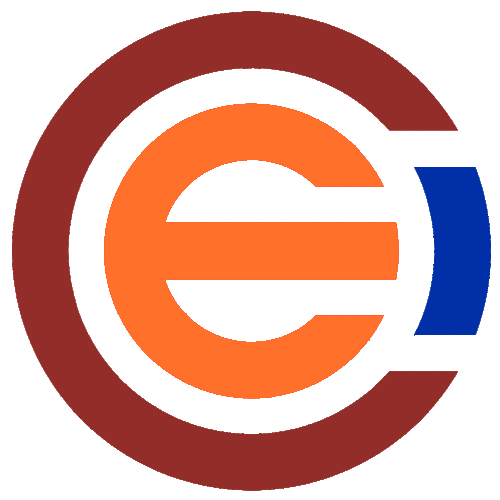Solenoid Electromagnet Guide
Welcome to our detailed guide on electromagnets. Here we cover everything you need to know about electromagnets, how they work, what types of electromagnets there are, how to choose an electromagnet, etc. Browse below for detailed information on electromagnets, electromagnet selection and troubleshooting common issues.
1.Introduction of electromagnet
Understand the definition of electromagnet, basic introduction, invention, history and development of electromagnet, and the uses of electromagnet. You can get a comprehensive introduction to electromagnet through the following dimensions
2.What are the classifications of electromagnets?
An electromagnet is a device that generates magnetic force by passing an electric current. It is a non-permanent magnet and its magnetism can be easily activated or eliminated. There are many types of electromagnets. According to different classification methods, the types of electromagnets include Bistable Solenoids, Latching Solenoids, Open Frame Solenoids, Push pull Solenoid, Rotary Solenoids, etc.
Classification of electromagnets by structure: Open Frame Solenoids,Tubular Solenoids,Rotary Solenoids, etc.
Classification of electromagnets by function: Push pull Solenoid,Latching Solenoids,Sucker electromagnet, etc.
Classification of electromagnets by application scenarios: Special electromagnets for industrial automation; Automotive electronics electromagnets;Medical equipment micro electromagnets; Aerospace high reliability electromagnets
3. what is the Working Principle of Electromagnet ?
The working principle of electromagnet is mainly to use the magnetic effect of electric current. When the current passes through the solenoid, a magnetic field will be generated around the solenoid. This phenomenon is called the magnetic effect of current. The addition of iron core is the key to enhance the magnetism of electromagnet. The iron core is usually made of soft magnetic materials, such as soft iron. Such materials are easily magnetized in the magnetic field, thereby enhancing the magnetic field strength.
Different electromagnets have different working principles. The following are the working principles of different electromagnets.
4. What are the common components of electromagnets?
Electromagnets are generally composed of three parts: iron core, coil and power supply. The iron core is the main magnetic circuit component of the electromagnet, and is generally made of soft magnetic materials such as Fe-Si alloy. Its shape is usually long strip or ring. The coil is the heating part of the electromagnet and is also a key component of the electromagnet. It usually uses enameled wire or polyimide insulated wire. The power supply is the part that provides electrical energy to the coil, and usually uses a DC power supply or an AC transformer.
5.Common key technical parameters of electromagnets
5.1 Performance parameter analysis
5.2 Material and design optimization
5.3 Electromagnetic compatibility (EMC) and safety standards
6. Price of electromagnet
Understanding the cost of purchasing an electromagnet is essential for budgeting and financial planning. There are many factors that affect the price of an electromagnet, and this section discusses the various factors that influence price, including type of technology, size of installation, brand, and additional features such as integration capabilities and advanced safety features.
7.How to choose a suitable electromagnet
There are many types of electromagnets, and they are very powerful. How do you choose the right one? Here is a guide on how to choose an electromagnet.
8.What are the common applications of electromagnets ?
Electromagnets are widely used in daily production and life, mainly in industrial automation, consumer electronics, automotive industry, and medical equipment.
The following are the applications of electromagnets in some industries:
9. Precautions for installation and maintenance of electromagnets
10. Electromagnet troubleshooting and repair methods
11. Future Trends and Innovations of Electromagnets
12.Appendix and Resources
12.1 Explanation of professional terms related to electromagnets
Customized consulting and technical support portal:
Contact: Shany Xu
Email: shanyxu@hotmail.com


